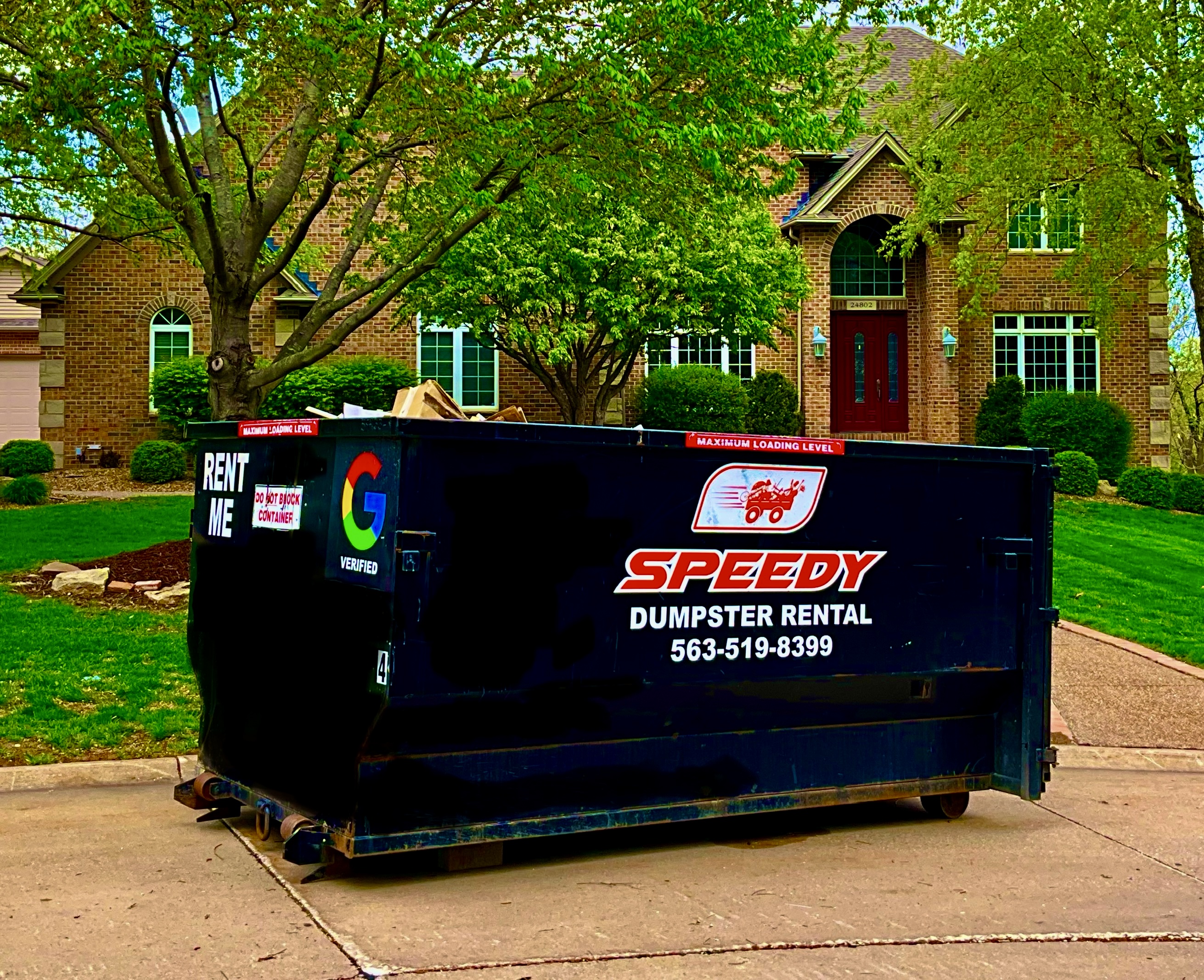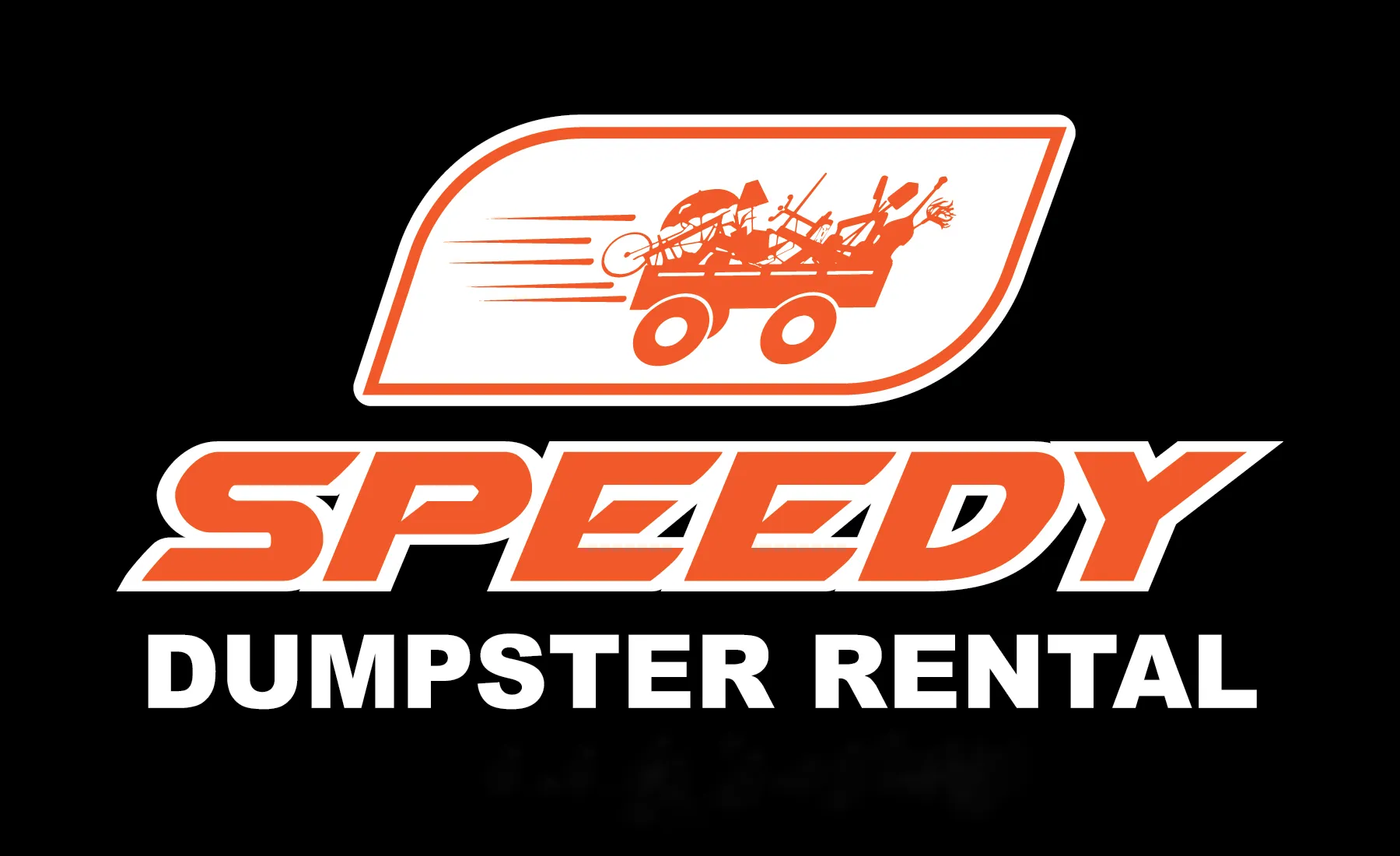OFFICE HOURS
Monday - Sunday: 7:00 AM - 7:30 PM

Construction Dumpster in McCausland, IA
Construction dumpster service in McCausland, IA, flexible roll-off sizes and scheduling tips. Get a quick quote today.
Construction Dumpster in McCausland, IA
Construction projects in McCausland, IA require reliable waste management that keeps jobsites safe, stays compliant with local rules, and controls costs. A properly sized and scheduled construction dumpster makes demolition, remodels, new builds, and farm projects run cleaner and faster. This page explains how to choose the right container, what materials are accepted, how heavy materials and weight limits affect your project, phased roll-off scheduling, recycling and disposal requirements for Scott County and Iowa, and how project-based coordination and pricing typically work for McCausland jobsites.
Why the right dumpster matters for McCausland projects
McCausland properties face seasonal challenges: spring rains and mud, freeze-thaw cycles in winter, and narrow rural driveways or suburban streets near town. The correct dumpster placement and timing reduce site downtime, prevent fines for overloaded or improperly stored containers, and limit damage to lawns and roads. For projects that require frequent material turnover, phased roll-offs reduce clutter and keep crews productive.
Common project types and recommended container sizes
Choose a dumpster size based on the scope of work, crew size, and material type. Typical options and uses:
- 10-yard roll-off
- Best for small remodels, single-room gut-outs, or light cleanup. Easy to place on tight driveways.
- 20-yard roll-off
- Common for medium remodels, small additions, and roofing debris from single-family homes.
- 30-yard roll-off
- Good for larger renovations, multi-room demolition, and small new construction projects.
- 40-yard roll-off
- Used for large demolition, commercial projects, and whole-house clear-outs.
Note: cubic capacity and door/side opening dimensions affect loading ease. When handling heavy material like concrete or dirt, choose a smaller volume dumpster to avoid exceeding weight limits.
Debris types accepted and material separation
Typical construction dumpsters in McCausland accept a wide range of nonhazardous construction debris:
- Framing lumber, pallet wood, and trim
- Drywall and plaster
- Roofing shingles and underlayment
- Siding and window trim (non-hazardous)
- Metal scrap (separate container often recommended for recycling)
- Concrete, brick, and asphalt (accepted but subject to weight limits)
- Yard waste and brush from site cleanup (separate disposal may be recommended)
Materials not accepted in standard construction dumpsters:
- Asbestos-containing materials
- Lead-based paint debris in large quantities
- Household hazardous waste, solvents, or chemical containers
- Pressurized tanks and tires (special handling required)
Separating recyclables such as metals, cardboard, and concrete can lower disposal costs and help meet regional waste diversion goals.
Heavy material handling and weight considerations
Weight limitations are critical for concrete, dirt, brick, asphalt, and heavier masonry. A 10-yard container can carry far less weight than a 40-yard container when filled with dense materials. Key points:
- Dumpsters are rated for a maximum weight per load. Exceeding the limit triggers overweight fees or requires an additional haul.
- For concrete, brick, or soil, estimate weight by volume and choose smaller cubic capacity or request a low-profile container to avoid overweight surcharges.
- If your project generates a mix of light and heavy debris, plan separations: put heavy materials in a dedicated dumpster and lighter materials in another.
- Protect surfaces: place boards or mats under the dumpster to prevent rutting of grass and driveways, especially in wet spring conditions common around McCausland.
Construction scheduling and phased roll-offs
Effective scheduling avoids project delays and reduces double handling of debris. Standard scheduling practices:
- Coordinate dumpster delivery to match demolition or bulk removal phases rather than having the container on-site for the entire project.
- Use phased roll-offs for multi-stage builds: one dumpster for demo, another for framing and drywall, and a separate container for roofing or concrete.
- Plan around weather windows: avoid scheduling large hauls during expected heavy rains when sites are muddy or during freeze periods that limit access.
- Allow flexibility for swap-outs: quick swap-outs minimize downtime when a dumpster fills before the next scheduled pick-up.
Discussing timeline milestones with your hauler ensures roll-offs arrive and depart when needed to support construction progress.
Recycling, disposal, and local regulations
McCausland projects must comply with city and Scott County disposal and recycling rules as well as Iowa state regulations. Best practices:
- Separate metals, concrete, and clean wood for recycling where possible. Recycling hubs in the region accept many of these materials and reduce landfill fees.
- Hazardous or regulated materials like asbestos require certified abatement and cannot be placed in standard roll-offs.
- If placing a dumpster on public property or the street, check for permits. A permit may be required from the city of McCausland or Scott County for roll-offs in the right-of-way.
- Proper load covering prevents debris from blowing onto roads and reduces runoff concerns during wet weather.
Working with a provider familiar with local disposal streams and permitting avoids fines and ensures lawful handling of all waste streams.
Project-based pricing and coordination
Construction dumpster pricing for McCausland projects is based on several transparent factors:
- Container size and number of roll-offs required for the project
- Expected duration on-site and number of swaps or pick-ups
- Estimated weight and types of materials (heavy materials increase cost)
- Access challenges or special placement needs (e.g., narrow driveways or need for blocking)
- Permits or street occupancy fees if a container sits in the public right-of-way
- Recycling or tipping fees for different material streams
Detailed project coordination includes a site assessment, weight and material estimates, and a schedule that aligns roll-offs with construction phases. Clear scopes and documentation reduce surprise fees associated with overloads or prohibited materials.
Practical tips to reduce costs and improve safety
- Consolidate and pre-sort materials to reduce haul frequency and take advantage of recycling rates.
- Avoid overfilling or stacking debris above the container sides to prevent additional fees and safety hazards.
- Place containers on stable, protected surfaces; use boards during spring or wet conditions to prevent sinking.
- Keep a separate container for metal and concrete when salvage value or recycling rebates apply.
- Communicate project milestones to your hauler to coordinate timely pick-ups and swap-outs.
Conclusion: benefits of planned container strategy for McCausland jobsites
A well-planned construction dumpster strategy keeps McCausland projects on schedule, reduces safety risks, and manages disposal costs. Proper sizing, weight management, phased scheduling, and local regulatory compliance are the core elements of efficient jobsite waste handling. Projects that separate recyclables and anticipate seasonal access issues see fewer delays and lower overall disposal expenses. Choosing the right combination of containers and scheduling ensures your construction site stays organized, compliant, and productive from groundbreaking to final cleanup.

Customer
Testimonials
See what our satisfied customers are saying about their experience with us.
